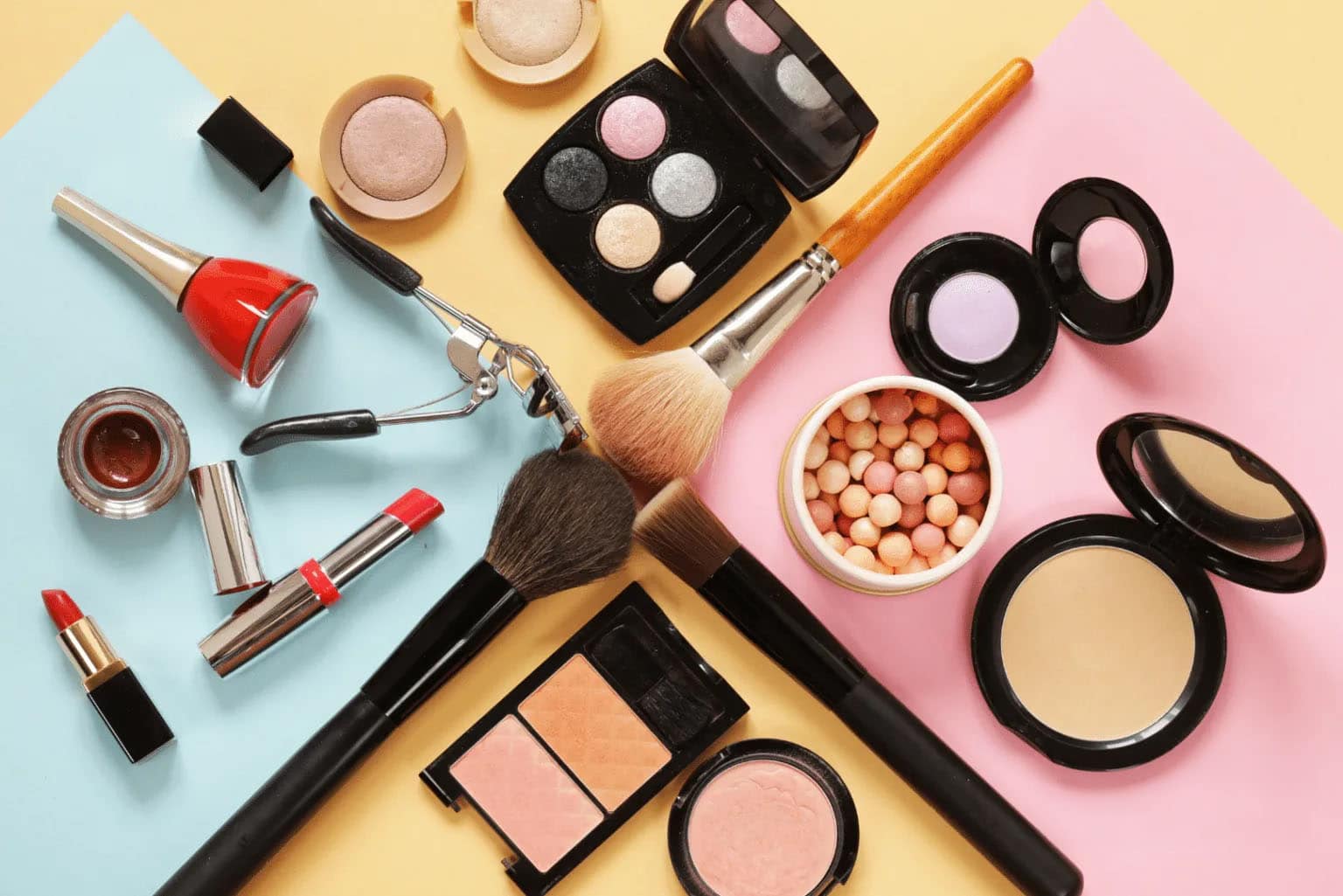Creative Corner
Explore a world of arts and crafts inspiration.
Cosmetics: The Secret Life of Your Makeup Bag
Unveil the hidden secrets of your makeup bag and discover what your cosmetics say about you! Is your beauty routine a facade?
10 Surprising Ingredients in Your Makeup Bag You Didn't Know About
When you reach for your favorite foundation or mascara, you might not realize the surprising ingredients lurking in your makeup bag. For instance, did you know that many cosmetics contain carmine? This vibrant red pigment, derived from crushed cochineal insects, is used in a variety of lipsticks and blushes. It's an eye-opening example of how makeup can be less straightforward than it seems! Additionally, talc is another common component found in face powders and eye shadows, serving as a binder and filler. However, it has come under scrutiny for potential contamination with asbestos, prompting many brands to reevaluate their formulations.
Other unexpected ingredients include dimethicone, a silicone that provides that silky smooth texture in many foundations and primers but raises concerns for those with sensitive skin. Fragrances are also frequently included, often without full disclosure of their chemical makeup, making them a possible irritant for many. Lastly, aluminum compounds are often found in antiperspirants but are also making their way into some makeup products for their oil-absorbing properties, shining a light on the reality that what we put on our skin may not always be as innocent as it appears. Recognizing these components can help consumers make more informed choices about their beauty products.

How to Properly Clean and Organize Your Cosmetics: Tips for a Healthier Routine
Keeping your cosmetics clean and organized is essential for maintaining a healthier routine. Start by emptying your makeup bags and drawers entirely, allowing you to assess the products you have. Discard any items that are expired or no longer usable, as using old cosmetics can lead to skin irritations or infections. Next, use an antibacterial wipe to clean the surfaces of your makeup containers, focusing on brushes, foundations, and lip products that tend to harbor bacteria. Regularly cleaning your tools, like brushes and sponges, is crucial; aim to wash them at least once a week with a gentle cleanser or baby shampoo.
Once you have cleaned your cosmetics, it’s time to organize them in a way that enhances your daily routine. Consider using clear storage bins or drawer organizers to categorize your products by type, such as eyeshadows, lipsticks, and skincare items. This not only saves time during your morning routine but also makes it easier to spot any items that may need to be replenished. Additionally, try to keep your most-used products at the front for easy access. Finally, make it a habit to reassess and clean your cosmetics every few months to ensure you maintain a tidy and healthy beauty regimen.
Is Your Makeup Expired? A Guide to Understanding Product Lifespan
Understanding the lifespan of your makeup products is essential for maintaining not only your beauty routine but also your skin's health. Expired makeup can lead to irritation, breakouts, and other skin issues. Generally, makeup products come with a Period After Opening (PAO) symbol, which indicates how long the product is safe to use after it has been opened. For example, a foundation may last for 12 months post-opening, while mascaras typically have a shorter lifespan of 3-6 months. To keep track of the expiration dates, you might consider labeling your products with the date you opened them.
Here’s a quick reference guide to common makeup products and their typical shelf lives:
- Liquid Foundation: 6-12 months
- Powder Foundation: 2 years
- Eyeliner: 3-6 months for pencil; 3-4 months for liquid
- Eyeshadow: 2 years
- Lipstick: 1-2 years
- Mascara: 3-6 months
Regularly checking the condition of your makeup—such as texture, smell, and color—can help you determine if a product is still safe to use. If you notice any changes, it’s best to dispose of the product.